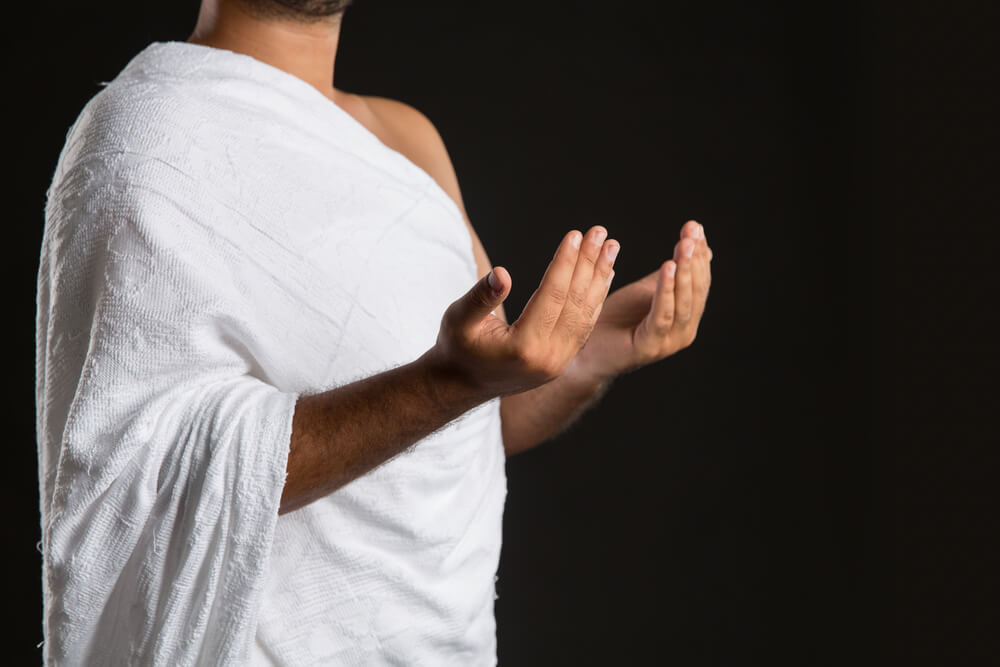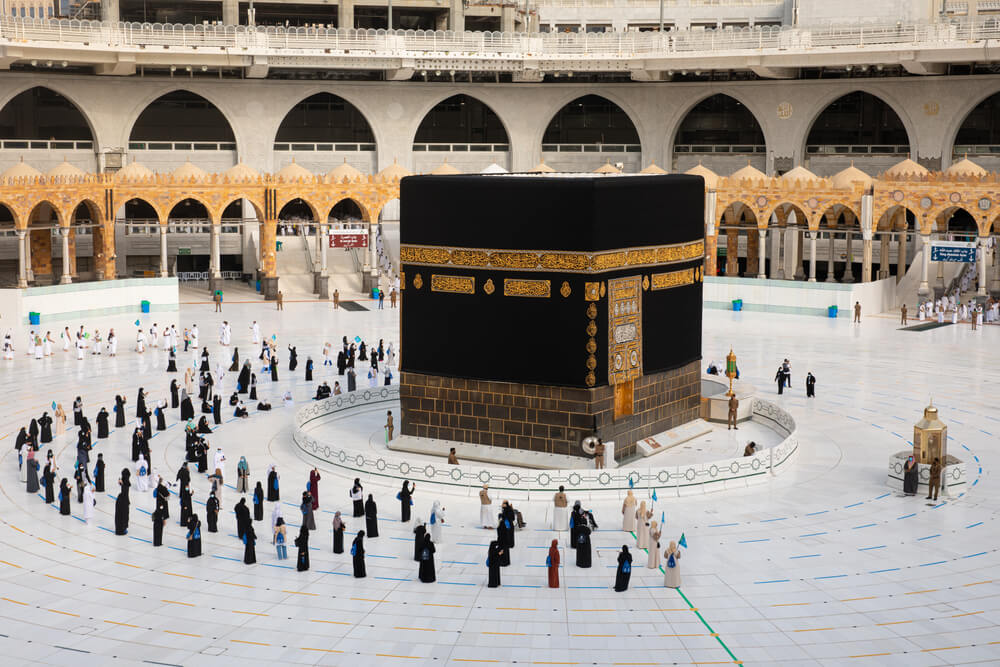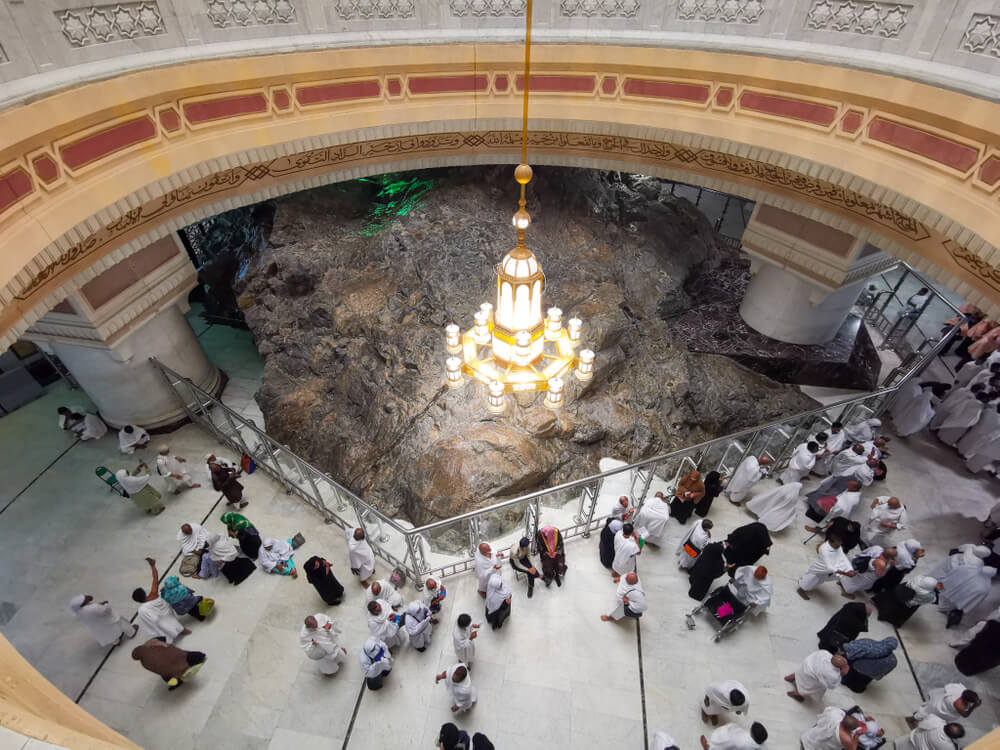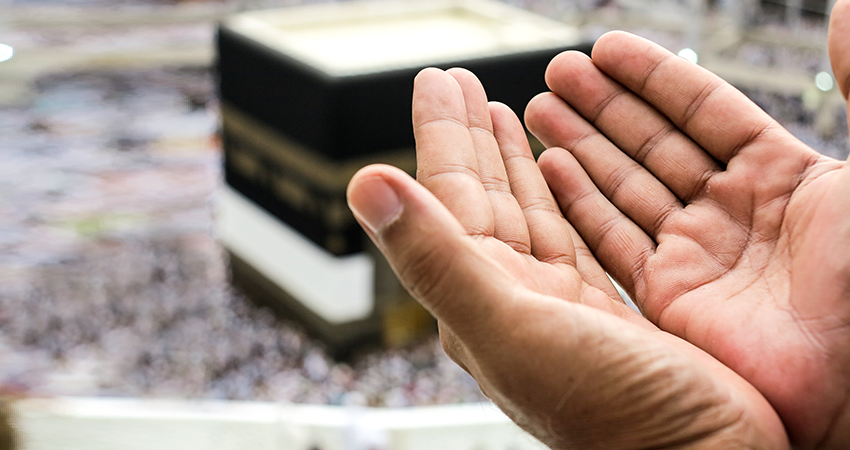Taken from the Arabic word ‘I’timar’, Umrah means ‘visiting a populated place’. The faithful acts performed by the worshippers during their journey towards the Holy Kaaba are called the Umrah rituals. Umrah is considered a sacred journey that can be completed at any time of year, besides the days of Hajj. Umrah can be performed many times depending upon one’s health and financial condition.
Types of Umrah
Umrah is a pilgrimage to Makkah that is carried out by millions of Muslims each year in order to seek mercy, pray and restore faith. It is performed in the belief of cleansing themselves of their sins. Umrah is of two types:
- Al Umrah Al Mufradah – a non-compulsory pilgrimage to Makkah, performed independently to Hajj. It can be performed at any time of year but during the Hajj.
- Umrah Al Tammatu – a pilgrimage to Umrah performed in conjunction with Hajj. It is usually performed in the month of Dhul Hijjah, just before the Hajj begins.
This Umrah pilgrimage can be completed in two hours, depending upon the pilgrims schedule and will. While performing Umrah, one should stay away from negative activities like fighting, smoking, cursing, and killing animals. Also, they should not shave their hair or trim their nails or wear perfume/makeup. Doing any of these activities results in invalidation of Umrah.
Must Read: Types Of Umrah – Differences, Rules And Guidelines
Umrah Rituals: A Step-by-Step Guide
Rituals for Umrah have three major pillars that are to be performed by every Muslim. Here is a step-by-step guide to Umrah:
1. Ihram: Intention for pilgrimage

A worshipper has to enter into a state of Ihram: a holy state for performing an act of worship – upon reaching the Miqat: the principal boundary at which Muslim pilgrims intending to perform the Ḥajj or Umrah pilgrimages must enter the state of Iḥram’.
There are five different miqats, each to meet the specific needs of people coming from different regions:
- Al-Juhfah: This is for worshipers who approach from Levant countries, Sudan, Morocco, Egypt and other en route places.
- Dhu’l-Hulayfah: Also called Abar Ali, this is mainly for those pilgrims who reside in Madinah and reach Makkah from the Madinah direction.
- Qarnul-Manazil: Also called Miqat Al-Sail Al-Kabir, this miqat is for pilgrims who come from the 7 GCC countries (the United Arab Emirates, Saudi Arabia, Qatar, Oman, Kuwait and Bahrain), the Najd region and other en route places.
- Yalamlam: For worshippers who approach from Yemen.
- Dhat-i ‘Iraq: For pilgrims approaching from the route of Iraq and other places on the way.
Upon reaching the assigned miqat, pilgrims cleanse and wash themselves, before removing all the stitched clothing and wearing the Ihram attire. Women may remain in regular plain clothing. Then, one must declare the intention to enter Ihram. Then it is time to recite the talbiyah. This is a special prayer said to convey the intention to perform the pilgrimage. Pilgrims must say it repeatedly until they reach the Kaaba. Once at the Kaaba, they must approach the Black Stone whilst uttering takbir (Allahu Akbar).
2. Tawaf: Around the Holy Kaaba

Then is the act of the Tawaf, i.e. circling the Kaaba seven times whilst touching the Black Stone and kissing it every time one passes it/pointing from afar. After completion of the Tawaf, one shall pray two rakats: prescribed movements and words followed by Muslims while offering prayers behind the Kaaba, that validate only if the pilgrim had recited the du’aa: supplication during each one of the seven circles.
To make certain that a pilgrim has completed all seven rounds during Umrah rituals without missing/adding any step, he/she must finish the circumambulation exactly where the first one began.
3. Sa’I: Seven Rounds between Safa and Marwah in Worship

After the completion of Tawaf, Sa’I begins between Safa and Marwa, which is walking between the two points. A pilgrim has to go up to the hill of Safa to see the holy Kaaba from the Safa door with supreme devotion and love. Then, climb down from Safa and move towards the hill of Marwah whilst reciting ‘Subhan Allah’ and walking to the two green pillars. This act continues till he/she completes seven laps in total, each round being at least 450m long. Upon completion of the Sa’i, the men must shorten or shave their head, while women need to cut her hair an equal or less amount.
Must Read: Saee In Umrah – History, Importance, Steps And Duas
These acts are the Umrah rites and rituals that signify complete submission to Allah and not glorifying appearance over spirituality. Once all these spiritual acts are performed, the pilgrim has completed his/her rituals for Umrah and is considered free from his/her sins.








